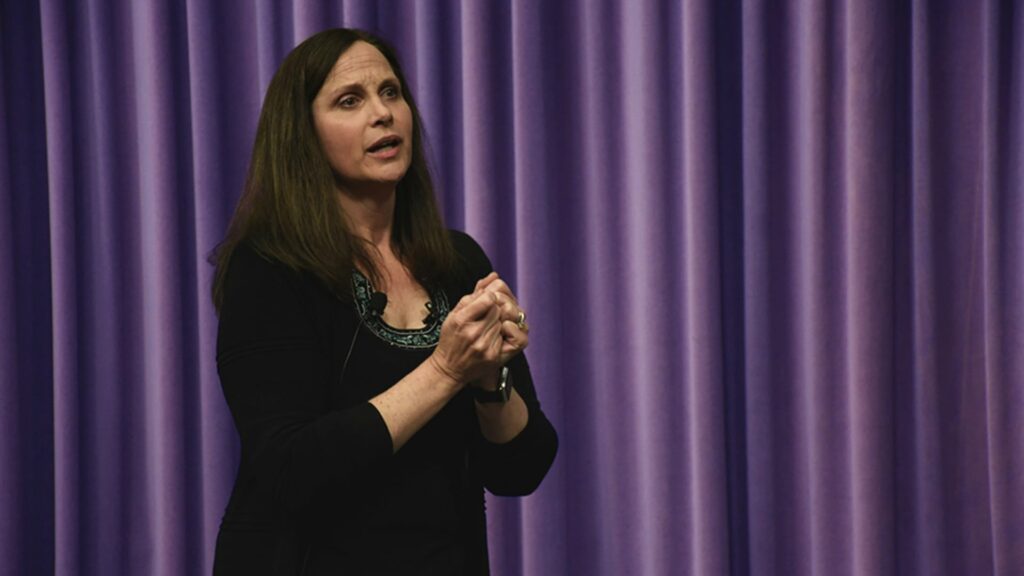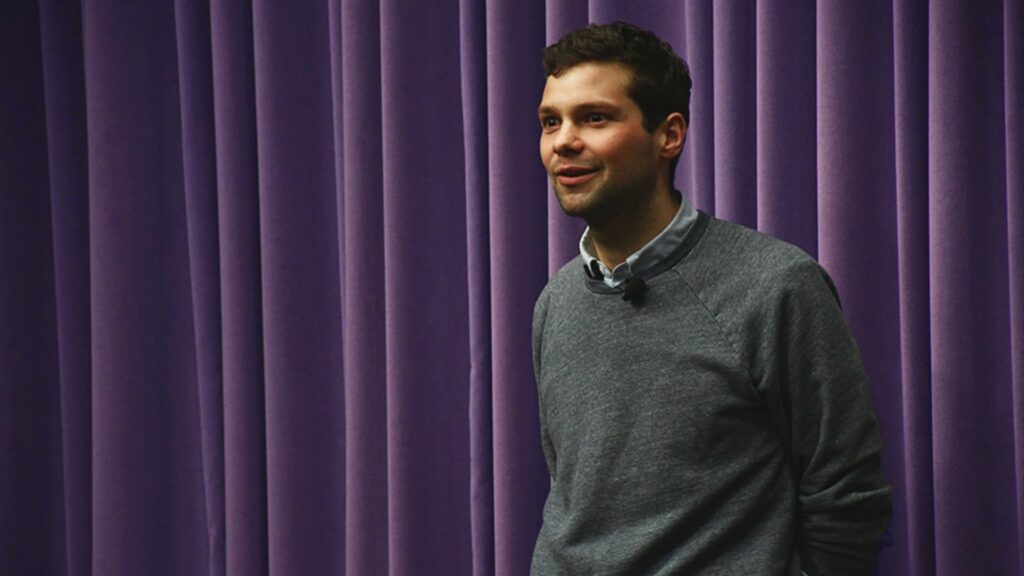
This post was originally published on Forbes.
Boticca, the world’s luxury bazaar of fashion accessories, just raised $4 million in a series A round from a number of high net worth individuals around the world and UK-based fund, MMC Ventures. Back in 2011, it took us just three months to raise our $2.3 million seed round, at a stage where the company was barely making any revenue.
Roughly two years on, it took us nine months to raise our series A, at a stage where unlike most e-commerce startups we had profitable user economics with a cost of acquisition recouped on the first purchase and more than four times lower than our Customer Lifetime Value. The fundamentals of our business were and still are very strong, yet the path to series A presented an array of unexpected challenges.
This sounds counterintuitive, doesn’t it? It certainly did to us. However, looking back, we’ve learned more about what happened, what we did wrong, how the environment affected us and how other companies can avoid making the same mistakes.
Don’t Waste Your Time: Engage With the Right People
When we started thinking about fundraising in December 2012, we were told by many around us, including our own investors, how terrible the fundraising climate was in the US and even more so in Europe. Thus, we decided to reach out to a lot of potential investors. Both my co-founder and I come from a venture capital and a private equity background so we have always had access to many investors. This coupled with the introductions from our existing seed investors gave us a full list of potential people to talk to.
Had we done more research prior to these meetings, we could have saved ourselves countless useless conversations.
However, we began reaching out to investors without properly considering their fit (surprising, considering how much fit comes into our hiring process). For countless reasons, our list included the wrong people: some no longer invested in series A rounds, preferring to invest either in seed rounds or later rounds (the series A crunch effect). Some were at the end of their funds while others were too long on e-commerce investments that hadn’t yet had any good outcomes. Had we done more research prior to these meetings, we could have saved ourselves countless useless conversations. It is not just about the number of investors you engage with — you need to get face time with a lot of investors — but more importantly, you need to find the right ones for your business.
Don’t Put All Your Eggs In One Basket
We made three big mistakes: we trusted too quickly, became too confident and let ourselves be wooed by one main investor. As we were sifting through the large funnel of potential investors, we opened serious discussions with one main European fund, which will remain unnamed. They started doing in depth due diligence before any signed term sheet. This required an incredible amount of time on our end and because of it we stopped or stalled conversations with most other investors. We were confident this would be a success: Our interaction with the fund was extremely positive, we were transparent about our operations and our economics were (and still are) solid.
However, we did not realize that this fund had internal operational constraints, which led them to pull out at the 11th hour. We were left with hardly anyone else to fall back on and only three months of cash left in the bank. Learn from our mistake: No matter how well things are going, keep your options open until a term sheet is signed.
The following two months were incredibly difficult. They were filled with sleepless nights and stress. However at no point in time did my co-founder or I give up. We had a very healthy business on our hands, a great team, and a huge opportunity. Knowing at all times that we were both in it together and neither one of us would rest until we made it right was a huge factor in our ultimate success.
Set Your Ego Aside
Many extremely successful entrepreneurs have had near-death experiences, though these experiences rarely come to light. What makes the papers is the final outcome, the end success. But often, the road to success is a rocky one for entrepreneurs.
When my co-founder and I were faced with three months of cash left in the bank and no tangible fallback option, one of my close friends, Rupert Shaw, co-founder of Pioneer Point Partners, impressed on me the fact that this was the time to set egos aside and reach out to as many people as possible. So that’s exactly what we did.
The amount of support that we received and the number of advocates and evangelists we discovered in them was humbling.
We started reaching out to our network of friends, family, mentors, and former colleagues, which includes successful entrepreneurs, business men and women, and investors. We shared the hard facts and were very candid about our dire funding situation. The amount of support that we received and the number of advocates and evangelists we discovered in them was humbling.
To my surprise, we weren’t alone. I sat down with numerous successful entrepreneurs who had experienced similar situations multiple times and openly shared them with me. These ended up being the people who either invested in our series A or made the introductions to our series A investors. Each of these candid conversations led to as many as three immediate introductions to great potential investors. In no time, we went from near-death to being oversubscribed in our series A.
Do Not Give Up: Create Options For Yourself
If you have a strong business, with the right fundamentals, do not give up. My co-founder and I created multiple options and also envisaged the worst. We covered all sorts of actionable scenarios to allow us to keep the team intact (some were more attractive than others). Believing in the possibilities of these alternatives is what kept us going.
One scenario involved creating a last-resort plan with our existing lead seed investor, ISAI, who was and continues to be supportive. They believed in the business, however, because of the smaller size of their fund and the amount they had already committed to the business, they could not justify bank rolling our series A with an up round. The terms we discussed with them were only ones we were going to agree to as a last resort. Another involved forgoing our own salaries and taking out personal loans to buy time. We also crafted two different plans for the business, one in which we raised $2 million, half of what we had originally planned but enough to get us to profitability with slower growth and a smaller business, and one in which we raised the original $4 million. We envisaged only raising from angels, though that would have meant a lot of coordination and would not have been the best signal for our next round.
We realized we had far more options than we’d originally considered. This enabled us to go into meetings with confidence without allowing investors to smell blood.
Make Them Dream and Call The Shots
One of my closest friends and a very successful entrepreneur, Alexander Asseily, (co-founder of Jawbone and now State.com) sat down with me early on through this process and gave me two extremely valuable pieces of advice:
- Make the investors dream. Every investor wants to believe that the business they are investing in will change its industry if not the world, and will make them very rich. Therefore do not play down your dream. Share your passion and vision.
- Call the shots. You have a good business, you know the environment, so don’t ask for terms and a valuation. Put a deal together and let the investors know that this is it. If they are serious you will know immediately, if they want to negotiate that’s fine. At that point they will have shown real interest.
We did both things. We changed our pitch, the deck, and how we delivered it to make it more passionate and true to our vision, explaining how Boticca is disrupting its industry and enabling brands that didn’t have access to distribution before develop very successful businesses.
As a result, we were determined, transparent about the situation and confident in the meetings we had.
We also put a term sheet together that we felt comfortable with. We priced it attractively, where we knew that anyone who believed in us or understood the industry and the growth of our business would seriously consider the investment. We could easily justify the pricing with comparable examples, while being comfortable with its valuation. As a result, we were determined, transparent about the situation and confident in the meetings we had.
It must be said that none of this would have been possible without a sound underlying business. But if your business is built on solid fundamentals, you will be able to cope with adversity. If you’ve built a strong business, yet still find yourself on the brink of near-death, know that with preparation and perseverance, you will be able to overcome even the most daunting challenges. I’ve written this post as candidly as possible in order to allow others who may find themselves in similar situations to learn from my experiences and realize that it is all part of the journey.







